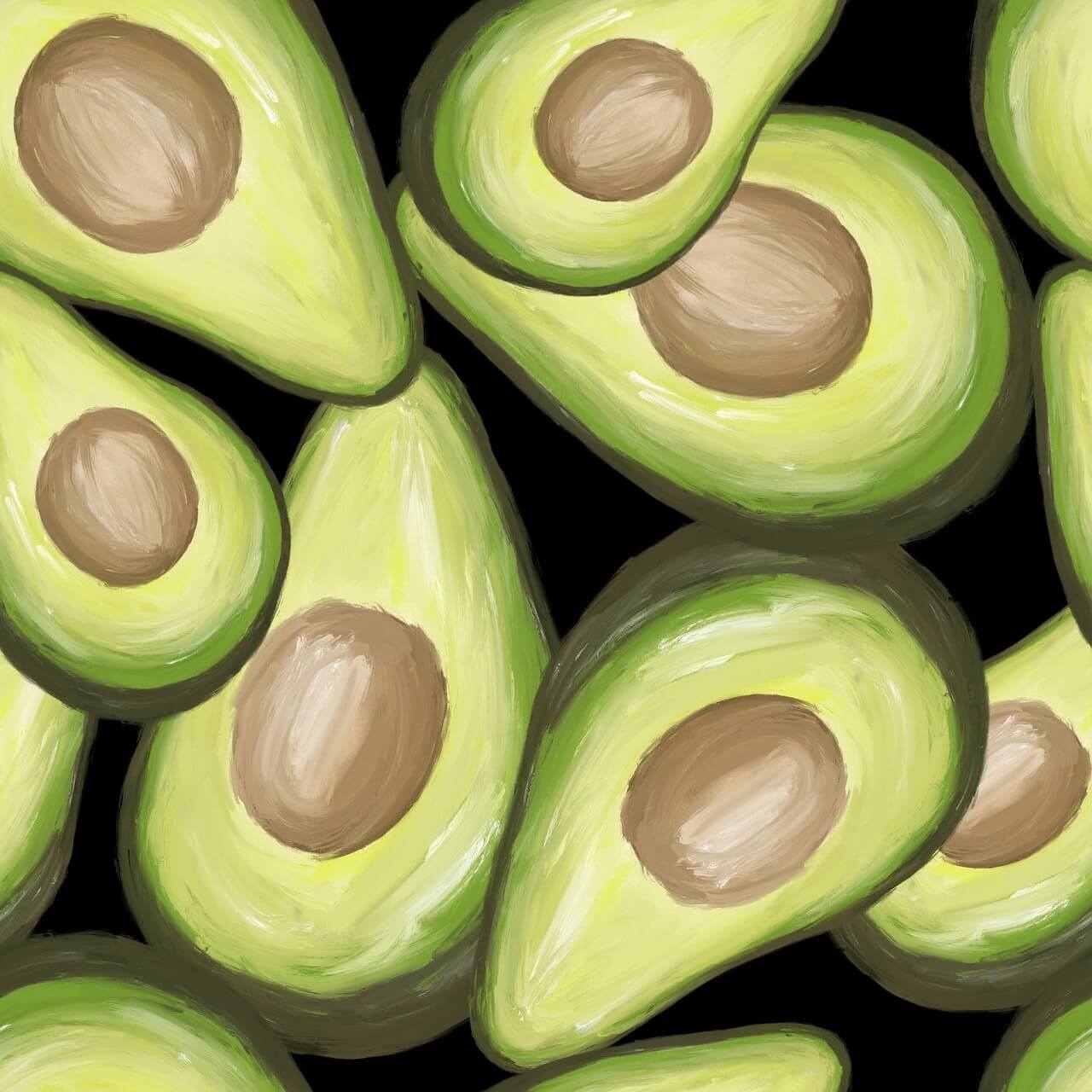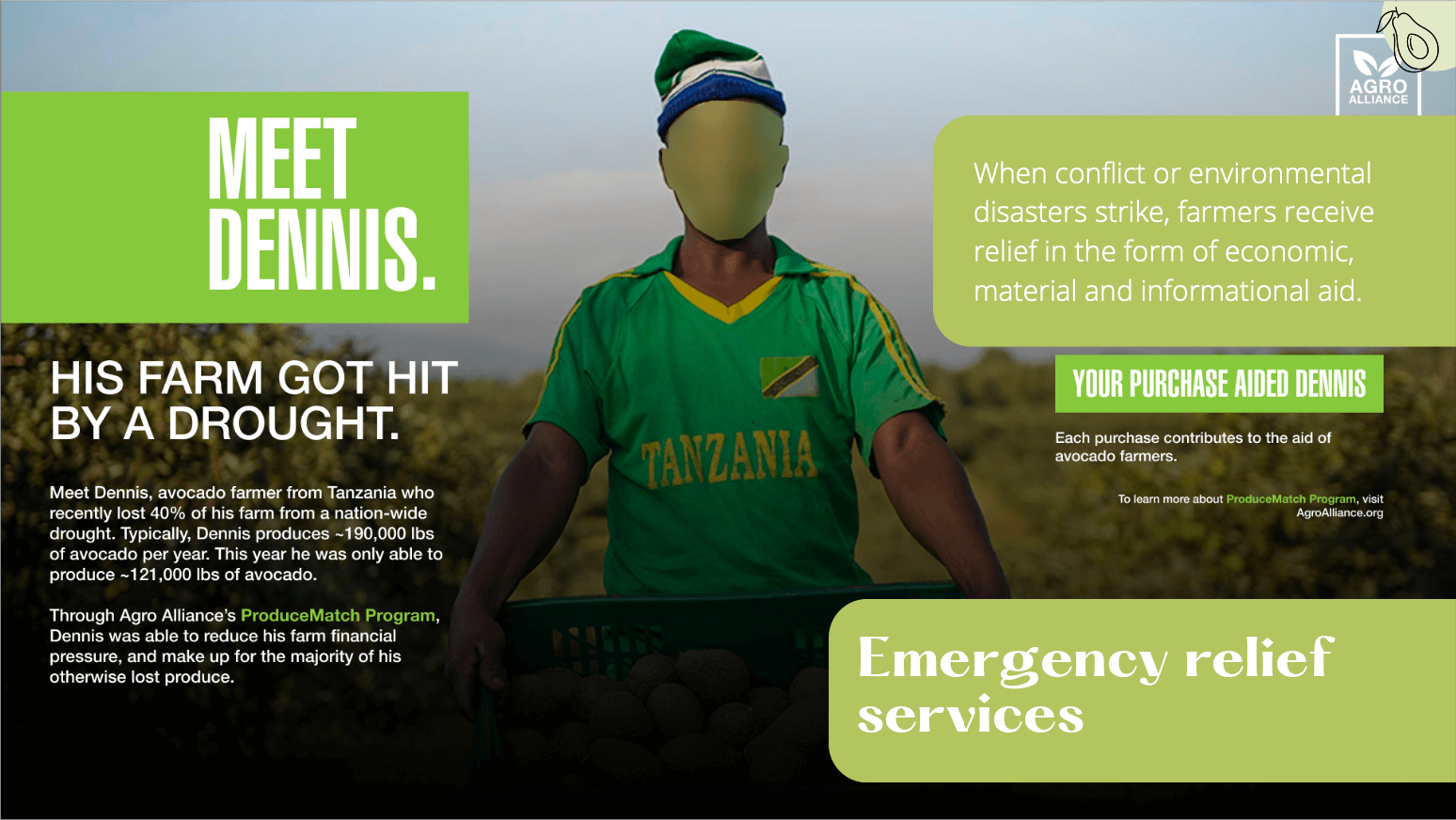Exploring Controlled Environment Agriculture
By Stephanie Hlywak
December 7, 2023

The agricultural systems of the 20th century that fed the world are ill-equipped to meet our food needs in the 21st century. Forget the bucolic red barn and sprawling acreage of rural farming. To feed our growing population, farming will take place in new spaces that may look more like distribution centers in the exurbs or large warehouses near major transportation hubs. What’s more—those buildings may not house typical crops; they could be harvesting crickets. But more on that later.
Controlled Environment Agriculture (CEA) systems allow growers to use technology to monitor and optimize the conditions for growing crops. Greenhouses, aquacultures, hydroponic farms, and vertical farms are all examples of CEAs. Together, CEAs represent a new area of interest and investment. The concept of investable infrastructure—any fixed asset with a long-term cash flow—is also ripe for consideration through a design lens, despite there being few existing frameworks through which the two fields could engage with each other. That, then, was one of the primary goals of the Sustainable Solutions Workshop: to experiment and create tools for solving large, intractable problems under the banner of Capital Design.
Capital design is a practice and theory in which design can influence trillions of dollars in private long-term institutional infrastructure investment. Viewed through the investable infrastructure and capital design lens, CEAs encompass not only the production of agricultural products but also the post-production supply chain.
Sowing the Seeds
ID students working under Professor Carlos Teixeira were tasked with engaging with CEAs through a Research through Design approach. To begin, the team conducted eight rounds of rapid prototyping to explore opportunities for investable infrastructure built around CEAs. This yielded insights into opportunity areas for the future of agriculture:
- Centering food production closer to population centers
- Prioritizing animal welfare in protein production
- Scaling the production of sustainable sources of protein
- Building AI tools to improve farmers’ DEI and sustainability decisions
- Leveraging data to increase food production efficiency
- Implementing nutrient exchange services
- Reusing existing infrastructures
- Building mobile and modular CEAs
- Creating a global network of digitally connected CEAs
What would this look like? Imagine moving from a system in which consumers don’t know much about where their food comes from to a paradigm where educated consumers are incentivized to buy more ethically sourced crops. Or instead, an industry that removes the emphasis on profit and transitions to a values-driven infrastructure for producing food.
It’s not enough, ID graduate students found, to simply propose technological advances to a broken food system. Instead, for this work to embody the principles of investable infrastructure, it must inhabit a value-driven ecosystem that promotes design principles like social justice, increased food resilience, and value creation.
Your Insect is Served: Prototype #1
Our current food production systems focus on solving problems of supply and demand while ignoring issues beyond the food chain, including the impact on climate and non-human lives.
Livestock animals emit 40 percent of methane emissions—a potent greenhouse gas. But there is a protein-rich alternative that produces much less. Enter edible insects. The benefits of an insect-enriched diet include high nutritional value, less stress on the environment, applications for insect-derived protein in the animal feed industry, and minimal risk of contracting zoonotic diseases like salmonella. The industry is expected to be worth $9.6 billion by 2030.


Super Protein Insect Pills
But still, insects? Consumers who can get past their reservations or squeamishness could enjoy significantly expanded culinary options and multiple nutrition benefits that surpass traditional protein sources. To help with this, the team envisions insect protein powders being the start of this future transition, so insect protein can be seamlessly mixed into your favorite foods. Imagine pancakes made with cricket flour, pet food supplemented with insect protein, and burgers made from mealworms.
Given the nascence of this industry, ID designers had an opportunity to imagine the system from the ground up, including building ethical systems of growth and death for insects. In their model, insects would be harvested by reducing the temperatures in their environment to a degree that initiates a natural hibernation process. Once the insects have gone into hibernation, they are frozen in large freezers, effectively being killed while in a state of sleep and without experiencing stress or fear. In addition to designing humane lifecycles, the students imagined partnerships, such as training programs for incarcerated people, that could build short-term and long-term skills—problem-solving, data and computation literacy, and management—that would be transferable to a number of different industries.
Avocado Activation: Prototype #2
Unlike crickets, which may take a bit of getting used to, avocados are among our most loved foods. They are also at the center of challenging social and economic forces in Mexico, where almost half of the world’s avocados are grown. Few consumers are aware of the context of conflict and insecurity in which some foods like avocados are produced. Specifically, criminal cartels are extorting Mexican growers, exerting economic pressure on the growers to meet quotas. However, these marginalized growers have little political authority. How then to protect these growers, especially as extreme weather caused by climate change further threatens their livelihoods?
ID students identified their needs and developed a mechanism to provide services that will ensure their financial security, provide emergency services, and build cooperative networks of other growers who can cover their production needs when their farms are out of commission. The proposed Agro Alliance is a global CEA-based network that provides farmers with these specialized services.

Like insurance, farmers who join the Alliance are guaranteed a basic income in the face of a crisis that debilitates the production of crops on their farm; receive data on conditions is gathered from other farmers, NGOs and satellites in order to create a clear, multi-dimensional picture of the current climate as well as predict future trends and dangers; and access a network allows other growers to respond to incidents from farmers and cover their crop production needs.
The Agro Alliance network provides farmers with a way to build a direct connection with the consumers of their products through the network itself and the branding—produce stickers, posters, and supporting information around supermarkets—while allowing consumers to make better-informed decisions. Moreover, consumers are able to reduce conflict and promote social justice through their purchases.
Sustainable Solutions Workshop: Designing for Investable Infrastructure
In Professor Carlos Teixeira’s Spring 2023 Sustainable Solutions Workshop, participants delved into the potential of EV charging and controlled environment agriculture from the lenses of sustainability, equity, intelligence, and investments.
A Greener Food Future
A more just, sustainable, and resilient food future is possible, and infrastructural investment decisions have the power to be a tailwind that actively supports this imagined future.
Especially as technologies continue to improve, CEAs offer a tremendous opportunity for increasing the efficiency, sustainability, and reliability of global agricultural systems. It’s about growing food in a controlled environment, which is more efficient and less wasteful. This matters because it’s a step towards a future where everyone has access to fresh, locally-grown goods, reducing our environmental footprint and building resilience against climate change. It’s a forward-thinking approach to farming that’s relevant to all, as it aims to secure our food supply in a sustainable way.
Additionally, CEAs could transform the agricultural sector by making it more resilient to climate change, reducing the carbon footprint of food production, and ensuring equitable access to nutritious food for all.